Through my designs, I aim to encourage a new way of thinking about recycled and natural materials. I love challenging the consumerist norm. So this post takes a really deep dive into the issue of environmental sustainability. It explores designers’ and consumers’ responsibility to consider which products and materials we introduce to an already saturated planet.
Environmentally Sustainable Design
What do you think of when someone says environmentally sustainable design?
There are certainly some perceptions around the unappealing aesthetic of ‘green products’! I like to break those perceptions down by introducing clients to elegant and wonderful eco-friendly contemporary pieces. Innovative new materials such as those created from recycled fishing nets, plastic bottles and mycelium really switch clients on. They engage with the materials and are excited to hear the benefits beyond aesthetics and function.
I also see it as my duty as a designer to find new uses for products already created. And to take a slow approach to design. Characterised by patience, it results in the creation of soulful products for the benefit of individuals and the environment.
The slow approach highlights some important things to consider in design projects, and they are front of mind as I start any new project. Here are some of my favourite thinking points and solutions:
- Where is the energy needed to manufacture the product being sourced? Shift from fossil to renewables
- What is the energy mix in the manufacturing process? The energy use will increase or decrease environmental impacts
- What are the hidden impacts embedded within the supply chain? Remove embodied fossil fuels
- How can we ensure an extended lifecycle for every product? Design repair options
- How can we recover and use wasted resources across the supply chain? Consider industrial symbiosis or by-product reuse opportunities
- Does the product need to exist? Focus on need above want
- Are there ways of partnering to create industrial symbiosis (where the product excess or by-products are used as raw materials for another process)? Reduce waste to landfill by encouraging other industries to use by-products
Top sustainable design tip
Where possible, I always seek out the natural option. There are symbiotic principles which sit behind the use of natural materials. The materials not only benefit human health throughout their time in use but actively feed the earth upon their disposal.
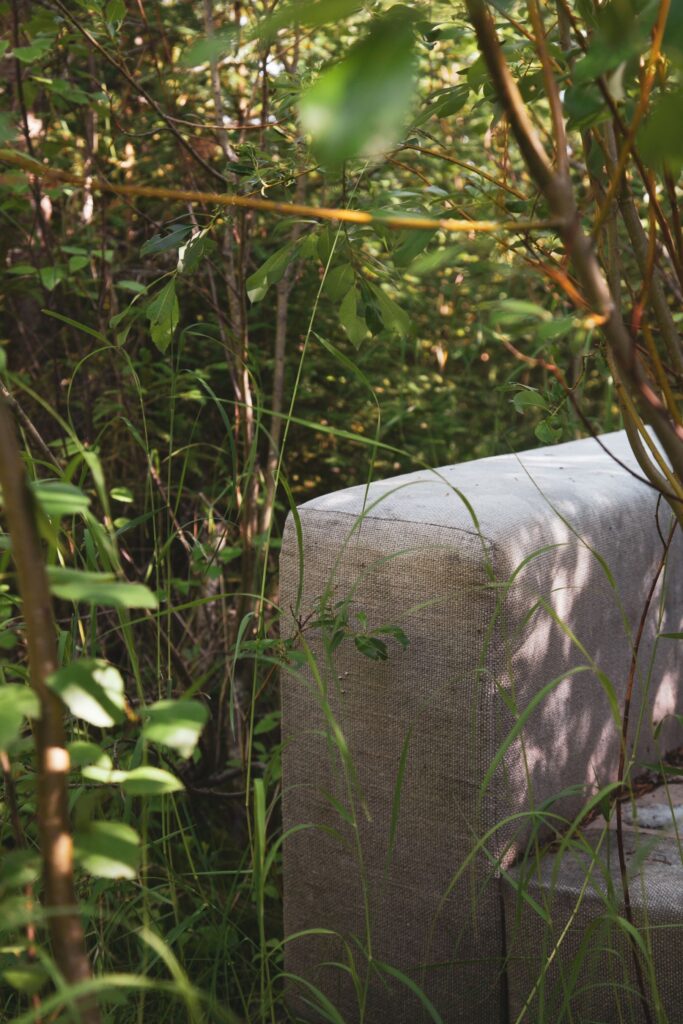
This is just one of many commitments my team and I have made to ensure our practice is as sustainable as possible. You’ll find full details of this and the rest on the Environmental Pledges page.
Sustainable design strategies
Sustainable interior design is defined as, ‘interior design in which all systems and materials are designed with an emphasis on integration into a whole for the purpose of minimising negative impacts on the environment and occupants and maximising positive impacts on environmental, economic and social systems over the life cycle of a building’.
A strong passion for conserving and protecting nature has always been the driving force behind our designs. Our ethos is centred on ethical and circular thinking – how we can reduce, reuse and recycle the materials or products once a piece ends it’s first lifecycle?
It’s my belief that designers can play an influential role in pushing our industry forward. Here are some of the strategies employed at Charlotte Findlater:
- Product service systems models
- Product stewardship
- Dematerialisation
- Re-manufacture
- Recyclability
- Repairability
- Reusability
- Disassembly
- Systems change
- Longevity
- Efficiency
- Modularity
- Influence
- Equity
- Social ethical
I am interested and concerned about each of these things and I have been through my life. It’s what drives my professional passion.
I believe that we can be sustainable, we can make progress and we can make responsible choices. I also think that action is inevitable because the consequences of inaction are unimaginable. The nature and magnitude of planetary crisis we are in mean that the choices we make matter right now. The outcome for the human race will be determined by the speed at which we incorporate sustainability and innovation while responding to ecological concern.
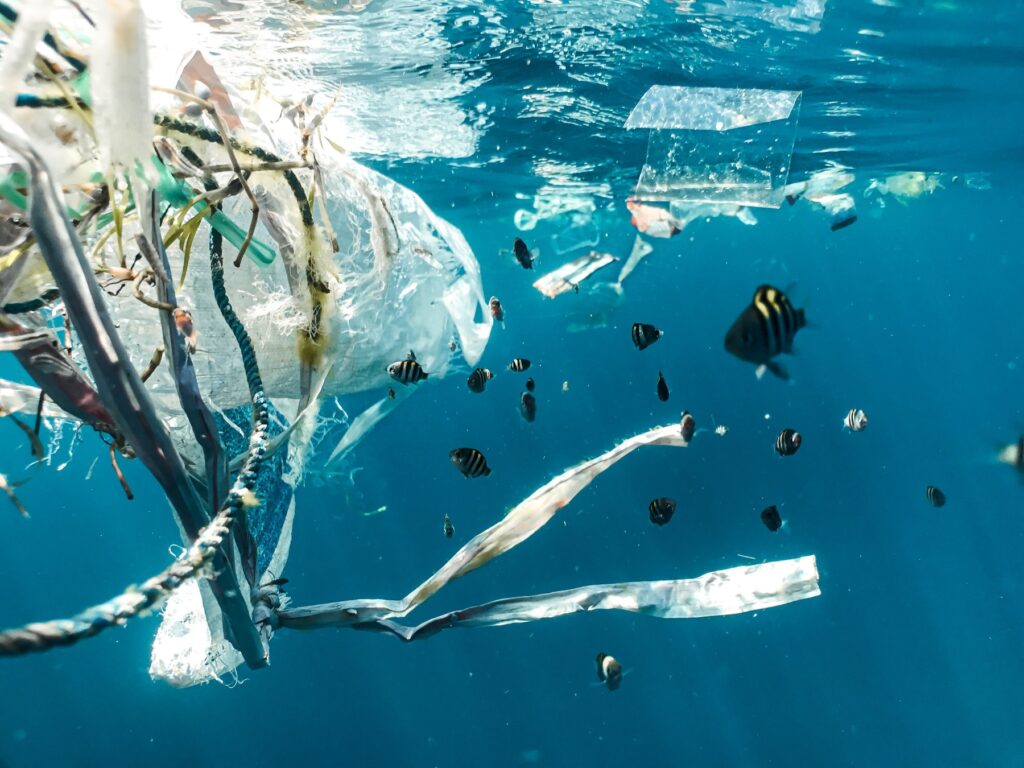
The power of the collective in sustainable design
“Never doubt that a small group of thoughtful, committed people can change the world. Indeed, it is the only thing that ever has”
Margaret Mead
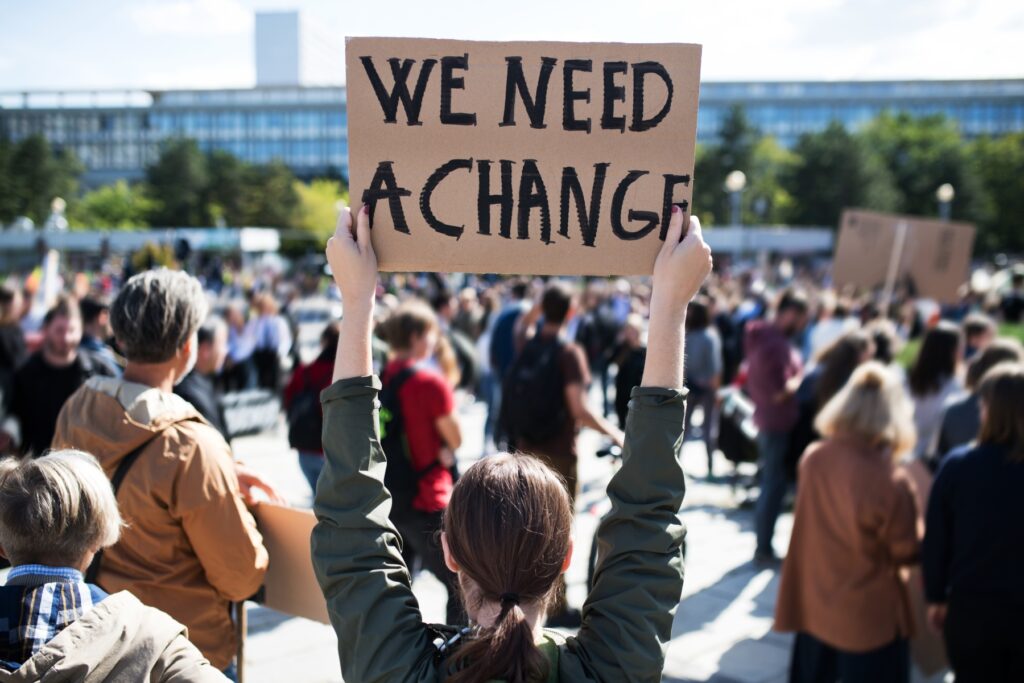
The most important step towards a more conscious future is to inspire and collaborate. We cannot solve all the issues alone, it will take a collective response on a global scale.
At least 8 billion people live on Earth, making it a crowded planet! And approximately one third of the human population is children, each exposed to the idea that society = prosperity.
While our society is without doubt the most dynamic and prosperous to date, we have significant flaws. The ecological footprint of our society is dramatically unstable. We have not yet figured out how to build a society that is environmentally sustainable, one that promotes democracy, stability and human rights…our time is running short.
Here are some of the priorities I feel we need to focus upon:
1. We must change the way we live in cities. For example, the Beddington Zero Energy development in London is one of the greenest buildings in the world.
2. People must start to come together in both political and civic ways, this is fundamentally vital if we are to craft new sustainable solutions and new political realities.
3. We must support the anti-globalisation movement. We must go beyond imagining there is a better natural healthful world and start acting on it instead.
4. We need to work on grassroots solutions for those with little capital.
5. Production, business and consumption models must be intertwined – focusing on a different attitude towards materials and the natural world.
Interior and architectural sustainable design goals
By changing the way in which we design, we can design for a ‘better world’ and decouple resource consumption from prosperity.
I fully endorse sustainablegoals.org.uk when they say we must:
- Design for resource efficiency, creating more with fewer resources
- Design for circularity, encouraging multiple uses of high quality items
- Design for social change and equality, encouraging consumption that is eco-intelligent, fair and moderate
A timeline of sustainability: early days
The concept of sustainability first appeared in the Brundtland Report, published in 1987.
The aim of the document was to offer solutions to the problems arising from population growth and industrialisation.
In 1983, the United Nations engaged the former Norwegian prime minister Gro Harlem Bruntland to run the new World Commission on Environment and Development. Many countries were still dealing with extreme poverty after decades of effort to raise living standards. And economic development, which was coming at the cost of social equality and ecological health, was not leading to the goal of long-lasting prosperity.
The world needed to find a way in which to harmonise ecology with prosperity. After four years, the ‘Bruntland Commission’ released its final report, Our Common Future. It defines sustainable development as:
‘Development that meets the needs of the present without compromising the ability of future generations to meet their own needs’.
The Commission successfully unified environmentalism with social and economic concerns on the world’s development agenda.
A timeline of sustainability: where we are now
Today the global environmental emergency has started to effect a revolution across all sectors.
In June 2019, the UK legally committed to cut emissions of carbon dioxide and other greenhouse gases to net zero by 2050. Plus, all homes and businesses must meet rigorous new government green building targets by 2025.
But choosing responsibly manufactured products is only the start, the true environmental impact of a product is also about durability, circularity, and recyclability.
Currently the focus is on creating a sustainable, regenerative, and circular economy. The things we create meet our needs and be designed to fit within the systems of the planet.
This requires business to change the way they deliver value. It also requires consumers to adjust their expectations around hyper-consumerism.
Central to this is the design of goods and services. That’s where these strategies and a designer’s creativity come together perfectly.
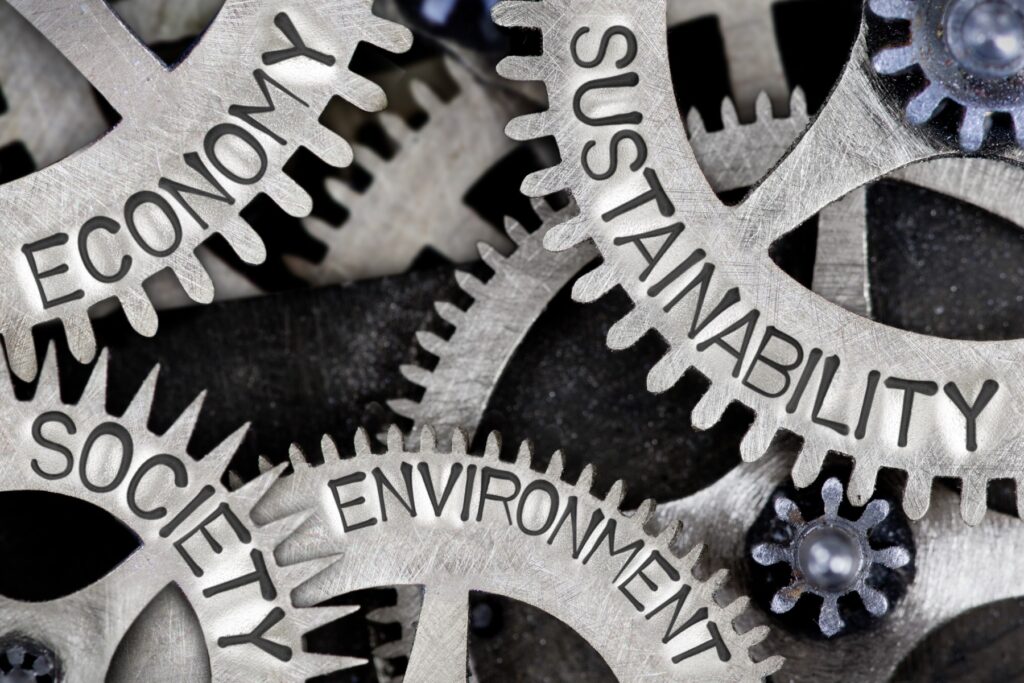
What are circular economies?
A circular economy is an economic system that tackles global challenges like climate change, biodiversity loss, waste, and pollution.
Current economic models for interior and architectural design rely mostly on a level of resource consumption that will rapidly destroy the very ecosystems on which we depend.
As an industry, we must design circularity into all that we do. And sustainable design is a core tool in the matrix of approaches that underpin a circular economy.
Most linear economy businesses take a natural resource and turn it into a product that is destined to become waste. That’s because of the way it has been designed and made. This process is often summarised by “take, make, waste”.
By contrast, a circular economy employs reuse, sharing, repair, refurbishment, remanufacturing and recycling to create a closed-loop system. It minimises the use of resource inputs and the creation of waste. It also lowers pollution levels and carbon emissions.
The circular economy aims to keep products, materials, equipment and infrastructure in use for longer, thus improving the productivity of these resources.
Presently only a fraction of resources we use ‘circulate’ within the global economy, by this I mean have the ability to be reused or recycled. The oceans have become a dumping ground for so much plastic and all manner of waste, the atmosphere for greenhouse gases, and the soil for municipal waste and fertiliser. The consequences of our actions have led to global warming and a rapid depletion in biodiversity and ecosystems.
Waste materials and energy should become input for other processes. We can find value in waste through:
- using it either as a component or recovered resource for another industrial process
- using it as a regenerative resources for nature (eg compost)
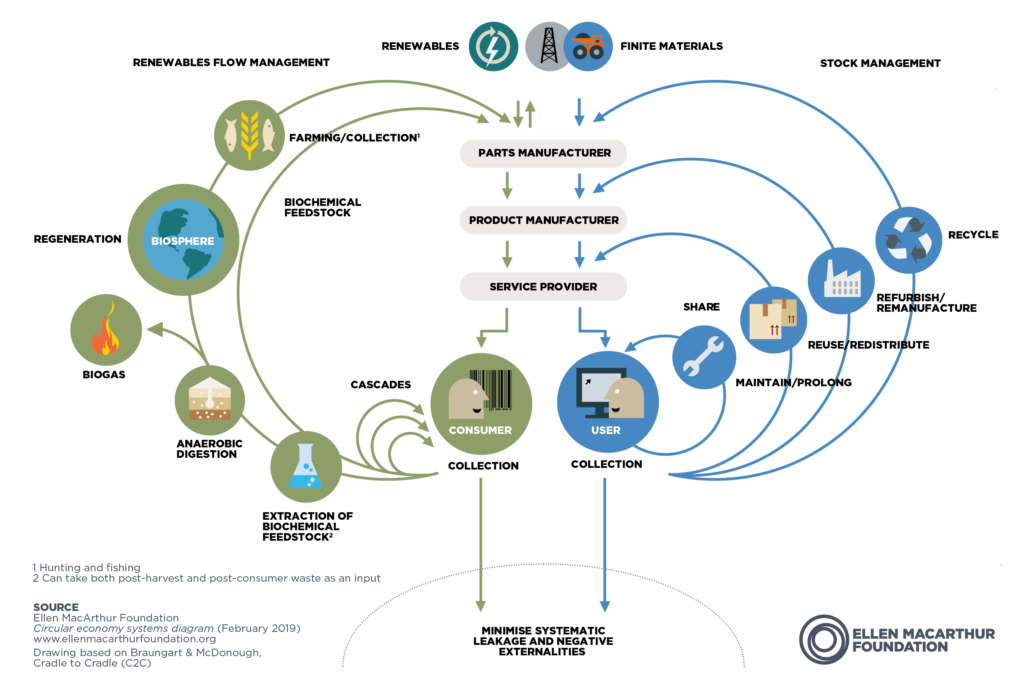
The Ellen Macarthur Foundation develops and promotes the idea of a circular economy. And there is a fantastic Ted Talk by Ellen.
Sustainability: designing for life
Around 80% of the ecological impacts of a product are locked in at the design phase, these impacts are inadvertently decided upon and thus embedded in the product by the designers at the design decision-making stage.
We can see that when sustainability is applied to design and its process, it enlightens us to the impacts that the product will have across its full life-cycle. This enables the designer to ensure that every product:
- fits within a system that offers a higher value than that which was lost in its making
- does not intentionally break after a short period of time
- is not designed to be discarded when no longer useful.
Sustainability is concerned with both aesthetic and physical durability, seeking to create good designs that last.
We can get there through the use of good raw materials translating into durable products, which are built to last.
The design of interior environments can be defined as,
“determining the relationship of people to spaces based on psychological and psychical parameters, to improve the quality of life”
IFI International Federation of Interior Architects Designer
I wholeheartedly agree with their viewpoint. For me, sustainability is also about a mindset, choosing those products that:
- affect us on an emotional level
- affect our senses and make us happy
- can be handed on to the next generation
- imbue a sense of history, passion and purpose
Making conscious choices about the products selected at every level of interior and exterior design affects not only the aesthetic but also our long term health. It impacts on things such as air quality within and around the home or work environment.
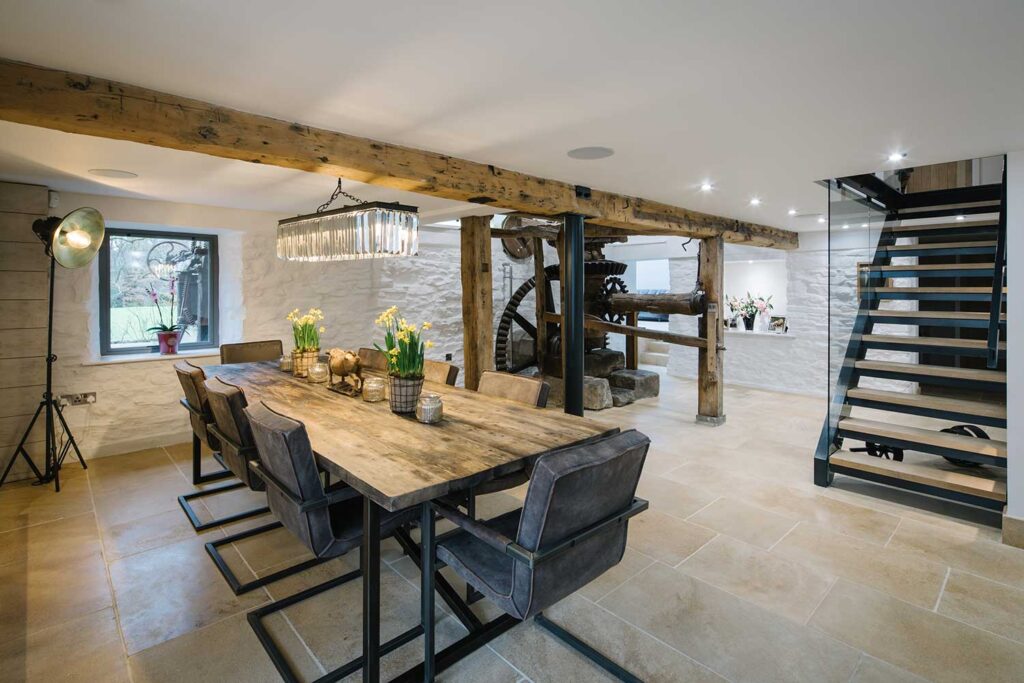
Avoiding greenwashing
Sustainability has become a popular tag and there has sadly been much greenwashing. It’s vital that we understand that the definition of sustainability spans three different dimensions: environmental, socio-ethical, and economic.
Environmental dimension
…refers to the consequences of what we do to nature. In this sense, being sustainable means not exceeding nature’s capability to absorb man-caused changes. In other words, preventing irreversible ecological degradation.
Socio-ethical dimension
…is concerned with the human factor. The United Nations World Commission on Environment and Development has defined sustainable development as a “development that meets the needs of the present without compromising the ability of future generations to meet their own needs”. Even further, socio-ethical sustainability also refers to the importance of achieving social equity and inclusion everywhere in the world.
Economic dimension
…this relates to the running profitable activities that contribute to a flourishing economy.
Something can only be truly sustainable when it respects all three dimensions. Sustainability has its roots in conservationism, social justice, internationalism and other movements – each with their own rich histories. It is the culmination of these ideas that we know now as ‘sustainable development’.
We must become regenerative, not just sustainable
Given the gravity of the current environmental situation, sustainability is no longer sufficient.
We have caused catastrophic harm to the environment and it is no longer enough to prevent negative impacts on the natural world. Instead, we must immediately act to have positive impacts on nature, helping to restore and reconstruct its balance.
I like to imagine an equilibrium in which excessive consumption is removed and systems are able to stay somewhat steady. And I like to view sustainability as a value that is shared by both individuals and organisations. Both of whom can demonstrate this value in their everyday activities, behaviours or policies.
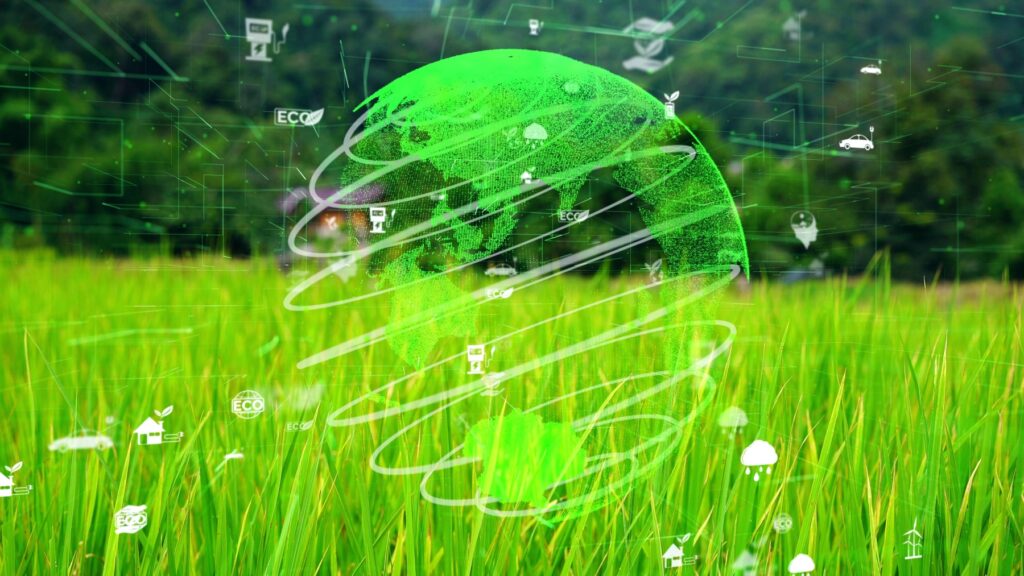
Further reading materials
This is a subject that is close to my heart. It influences every aspect of my professional and personal life. Over the years, I have found some great articles, thought pieces and reports. Please do look them up if you share my passion for environmental sustainability.
Guerin, D.and Kang, M. The Characteristics of Interior Designers Who Practice Environmentally Sustainable Interior Design Environment and Behaviour Vol 41 No2 2009 p:170-184
I particularly love their definition of sustainable interior design:
“Interior design in which all systems and materials are designed with an emphasis on integration into a whole for the purpose of minimising negative impacts on the environment and occupants and maximising positive impacts on environmental, economic and social systems over the life cycle of a building”
And their exploration of Environmentally Sustainable Interior Design (ESID):
“ESID is based on the sustainable design principles and strategies common to the built environment as a whole, namely providing physiologically and psychologically healthy indoor environments”
Plus their take on the need for a holistic approach:
“One in which all systems and materials are designed with an emphasis on integration into a whole, for the purpose of minimising negative impacts on the environment and occupant and maximising positive impacts on environment, economic and social systems over the life cycle of a project”
Cargo, A., 2013. An evaluation of the use of sustainable material databases within the interior design profession. Senior Capstone Project, University of Florida.
Y. Yang, W. Fenghu, Z. Xiaodong.Contrast study on interior design with low-carbon and traditional design. ICMREE, 1 (2011) (2011), pp. 806-809
The two articles above track our profession’s journey towards environmentally responsible design:
“Traditionally the interior design profession has concerned itself with a one-dimensional practice, to provide aesthetic enhancements to an interior space for a client”
Cargo (2013)
“Interior design has traditionally been relatively backward and conservative, only focusing on fashion, luxury design is small environments: an approach that ignores energy savings and emissions reductions, as well as the harmful effects on consumers mental and physical health, and environmental pollution”
Yang et al. (2011)
“Society is beginning to recognise the interconnectedness of buildings, people and community in the creation of an environmentally responsible built environment: clients are beginning to understand their role and impact on the environment. As a result they are seeking interiors that demonstrate environmentally responsible, sustainable design”
Cargo (2013)
Sassi, P strategies for Sustainable Architecture. New York, Taylor and Francis, 2006
Sassi asserts that the term sustainability is not merely a theoretical course, but a technical term in the face of problem solutions:
“Sustainability is not an academic pursuit or even a professional activity: it is a way of life affecting everything an individual does. Knowing what kind of a relationship we want to have with the global and local environment is the first consideration. Then, we should address how to achieve this relationship. To move from theory into practice, it is necessary to understand the impacts associated with our work and life’s related activities”
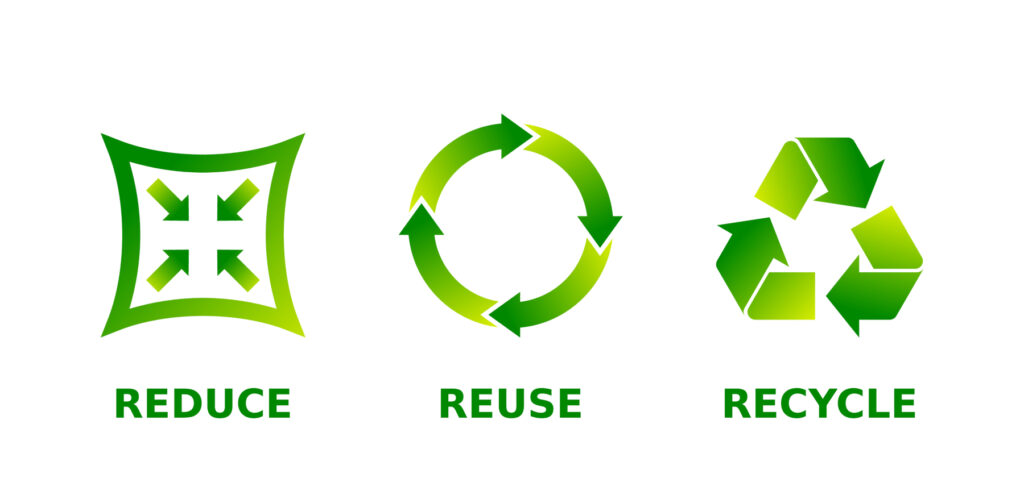
Category: Architecture & Build, Sustainability